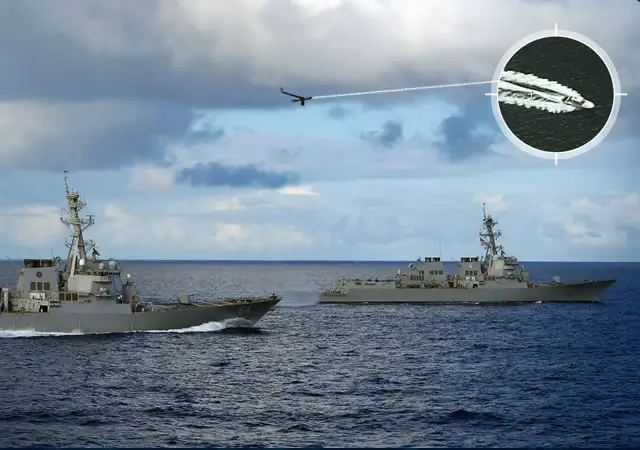The Insitu Inc.-built Blackjack is a larger twin-tailed
follow-on to the ScanEagle unmanned air vehicle. The system contains
five air vehicles, two ground control systems, and launch and recovery
equipment.
Air Test and Evaluation Squadron (VX) 1 is conducting
ground and shipboard testing on Blackjack for the next several months.
After completing IOT&E, the government and Insitu team will transition
the system to Marine Unmanned Aerial Vehicle Squadron (VMU) 2, located
at Marine Corps Air Station Cherry Point, N.C. for operational use.
A second LRIP lot, consisting of one system, is scheduled for delivery
in the spring.
Lt. Col. Anthony Bolden, commanding officer for VMU-2,
said the myriad of capabilities that come with the introduction of
Blackjack will provide the Marine Air-Ground Task Force (MAGTF) with
a platform that has the payload and persistence to significantly enhance
situational awareness.
“RQ-21A brings a new level of flexibility and
expeditionary capability not present in any UAS to date,” Bolden
said. “As a result, having and operating the Blackjack will
posture the Marine UAV squadrons at the forefront of MAGTF operations.”
At eight feet long and with a wingspan of 16 feet,
Blackjack provides intelligence, surveillance, reconnaissance and
communications relay to the warfighter on land and at sea. The air
vehicle’s open-architecture configuration can integrate new
payloads quickly and can carry sensor payloads as heavy as 25 pounds.
Standard payloads include day and night full-motion
video cameras, an infrared marker, a laser range finder, a communications
relay package and automatic identification system receivers.

